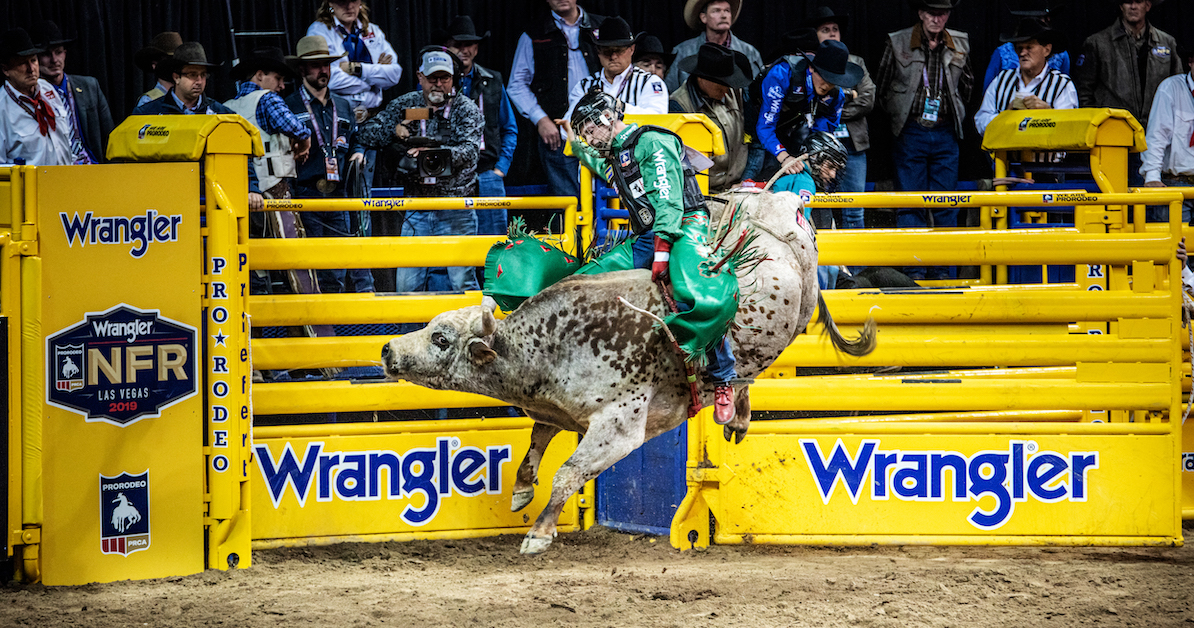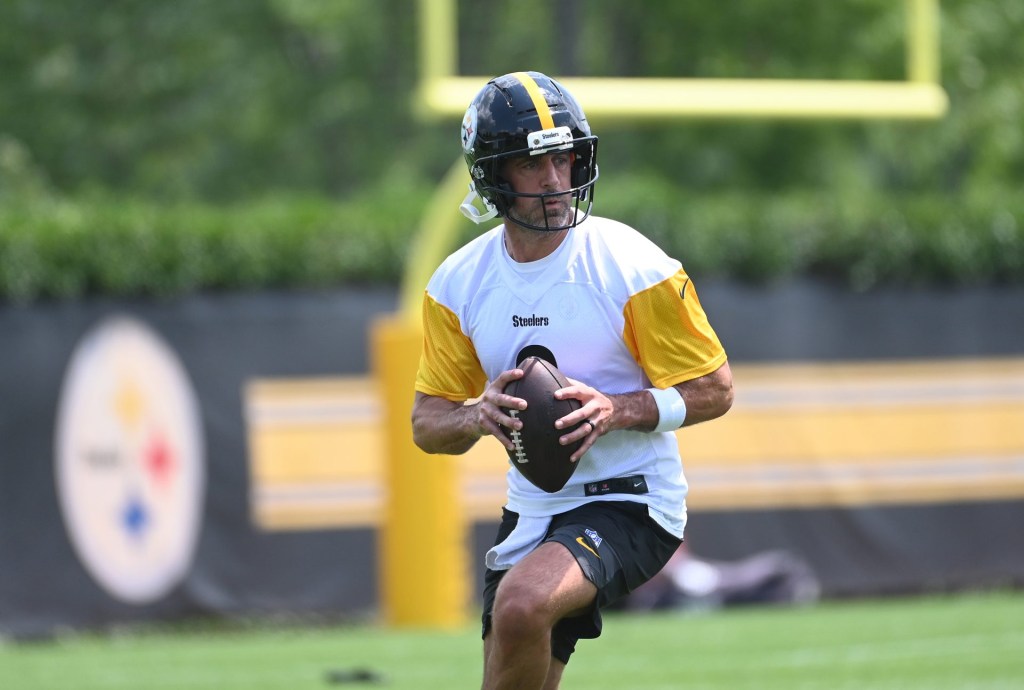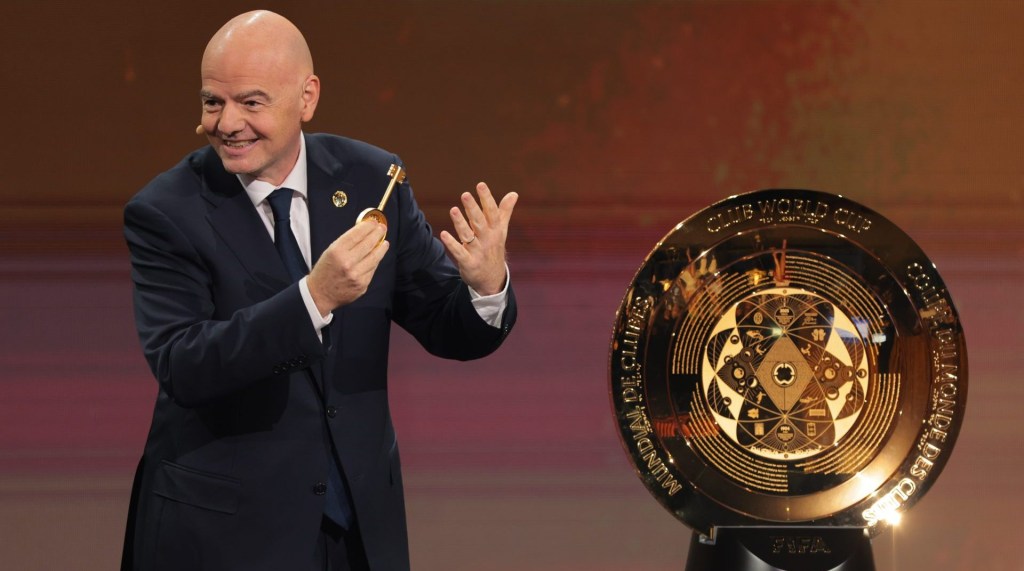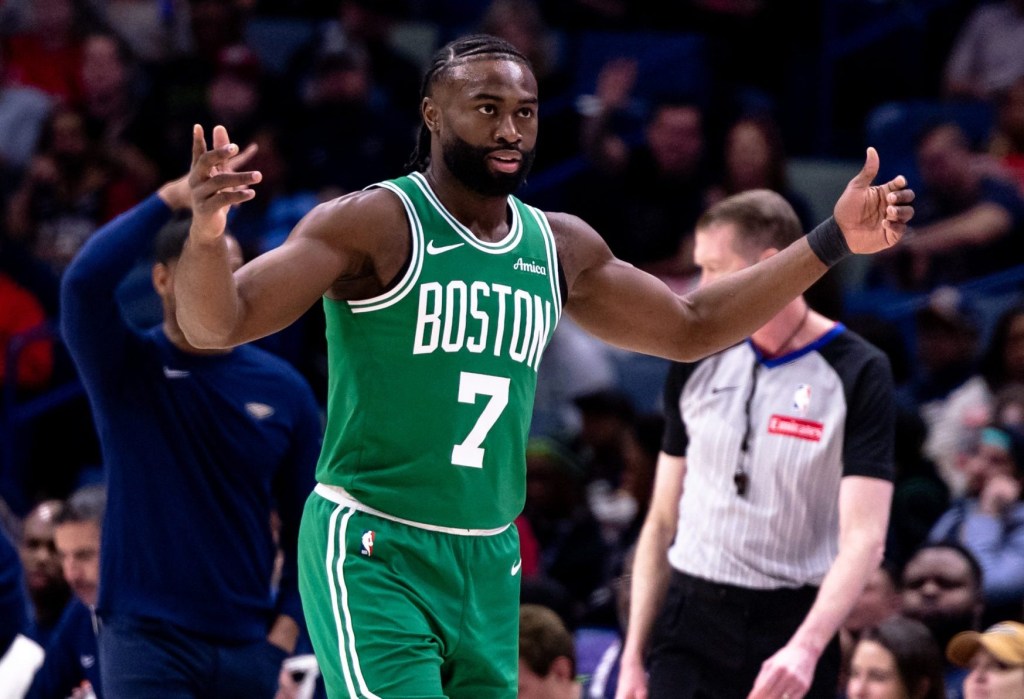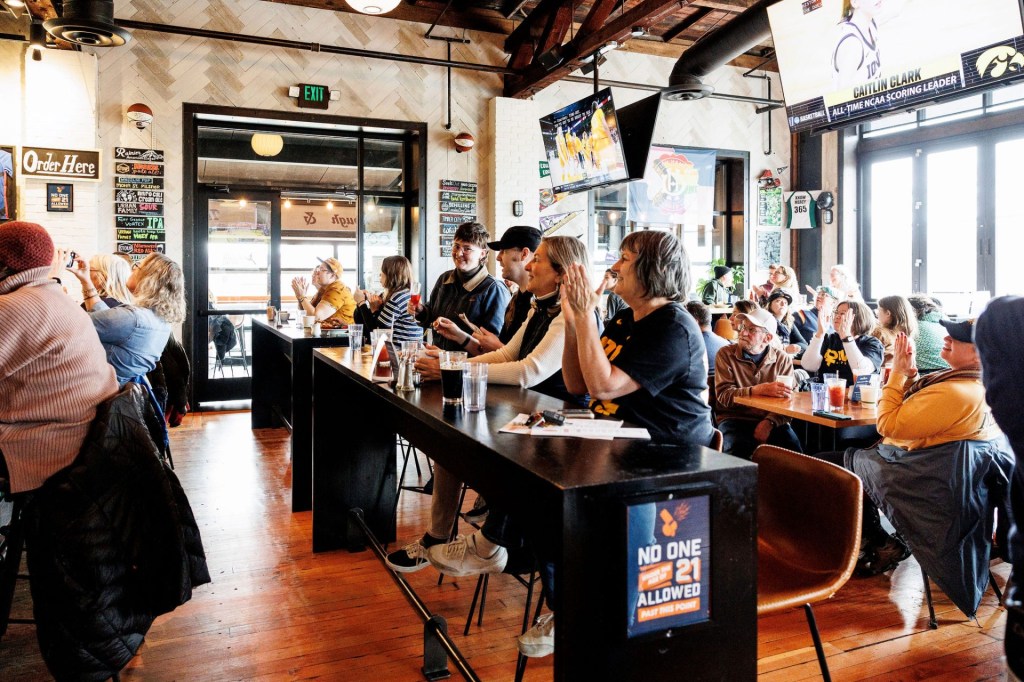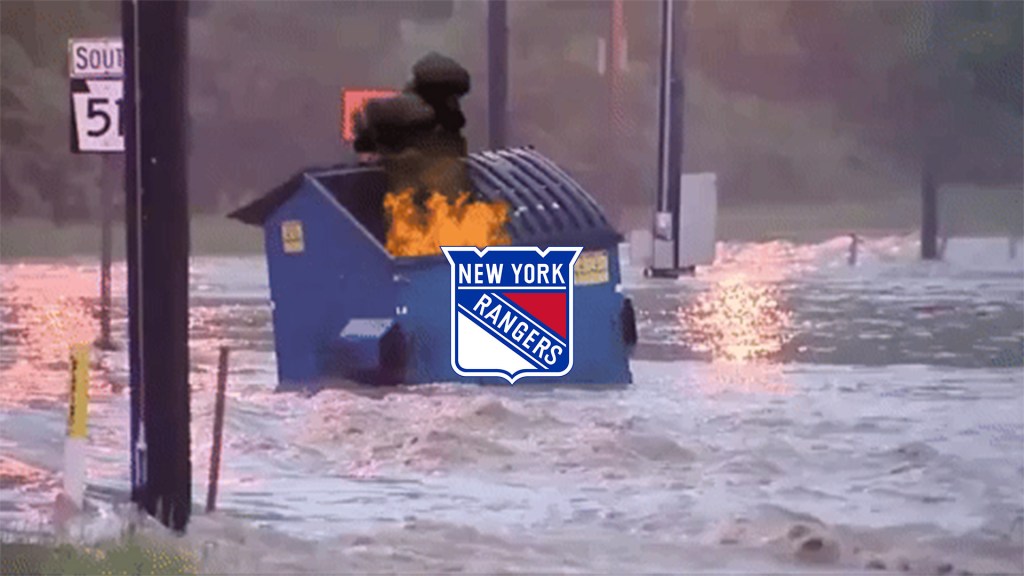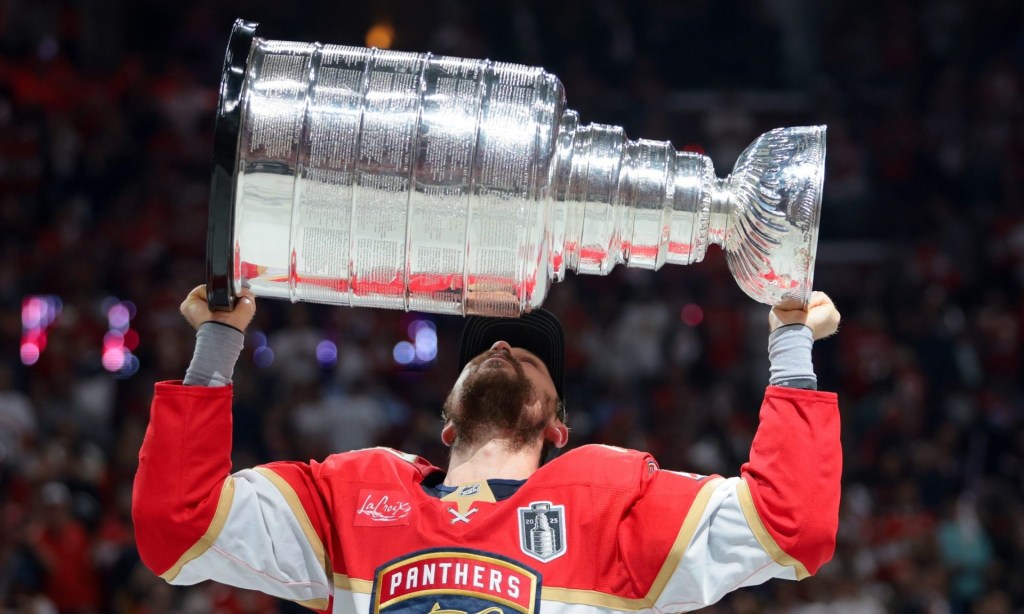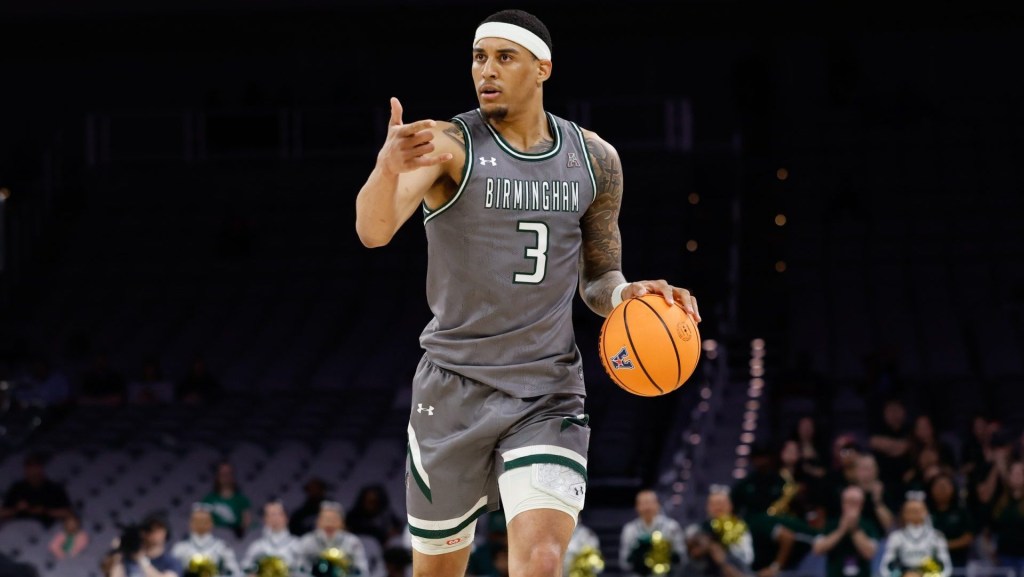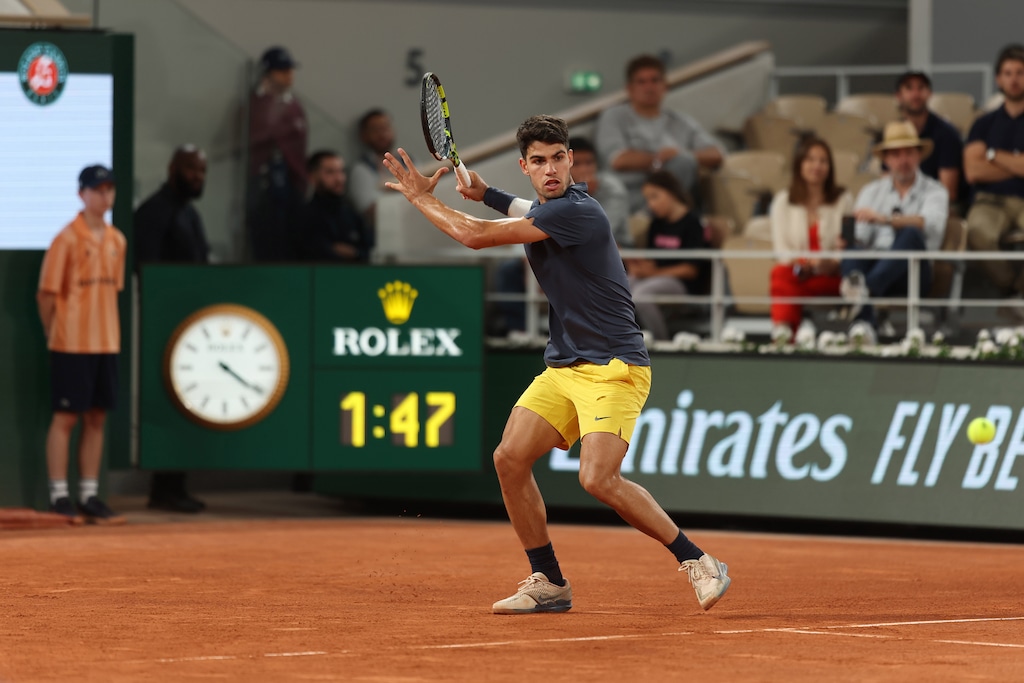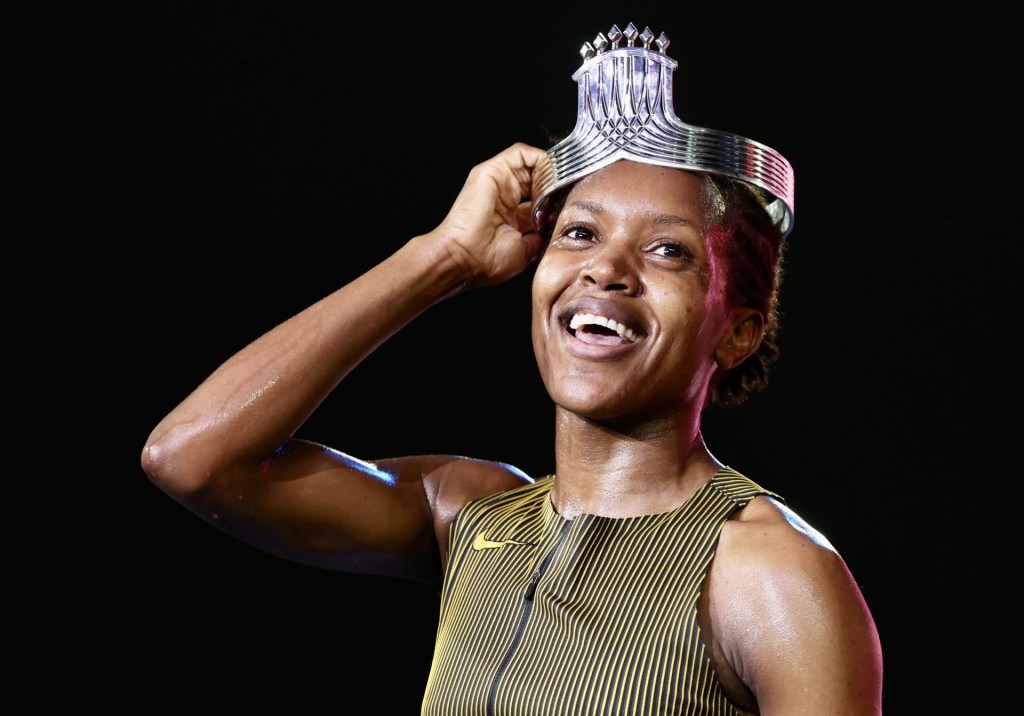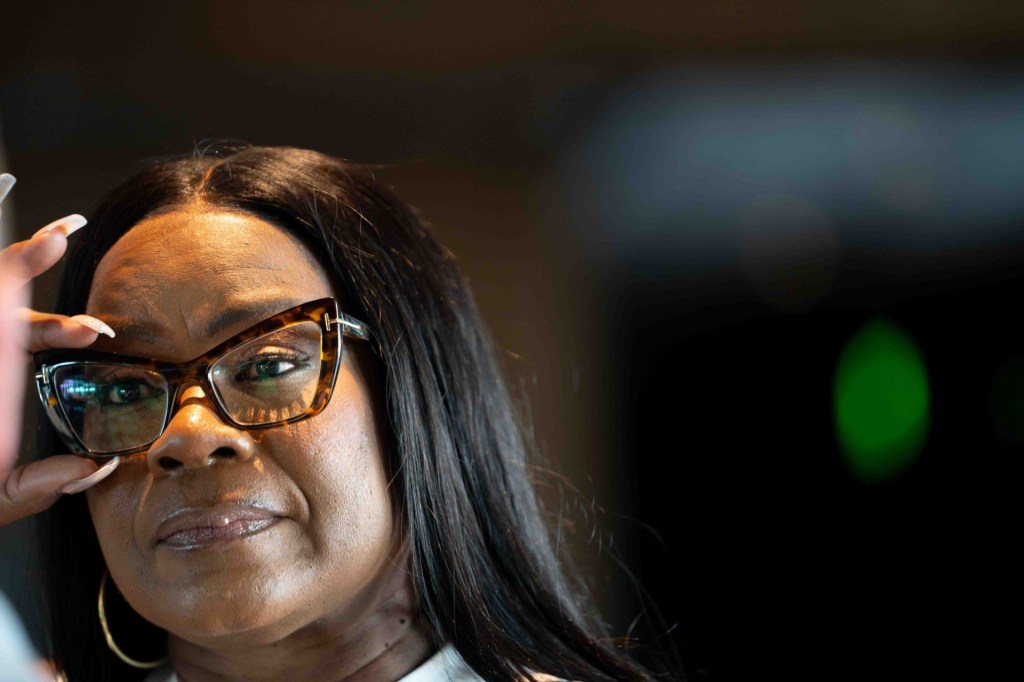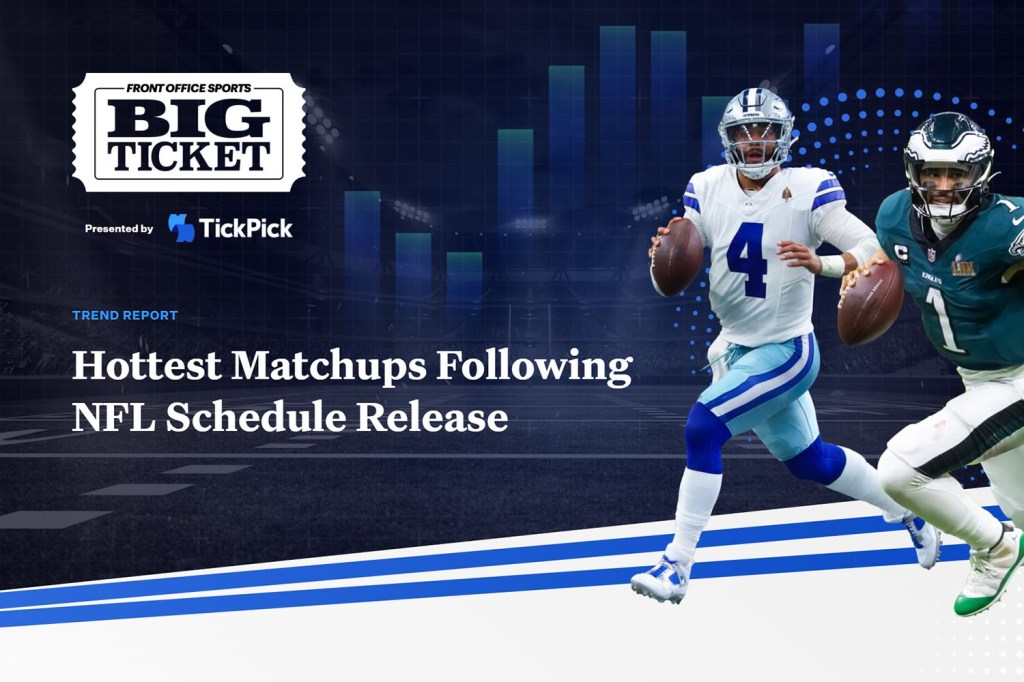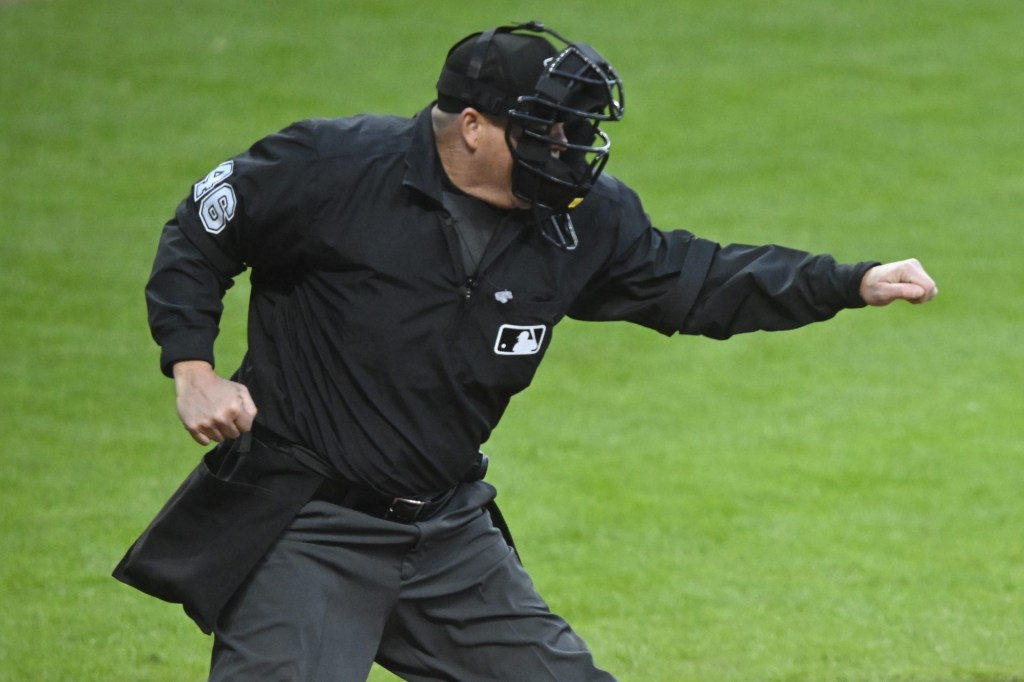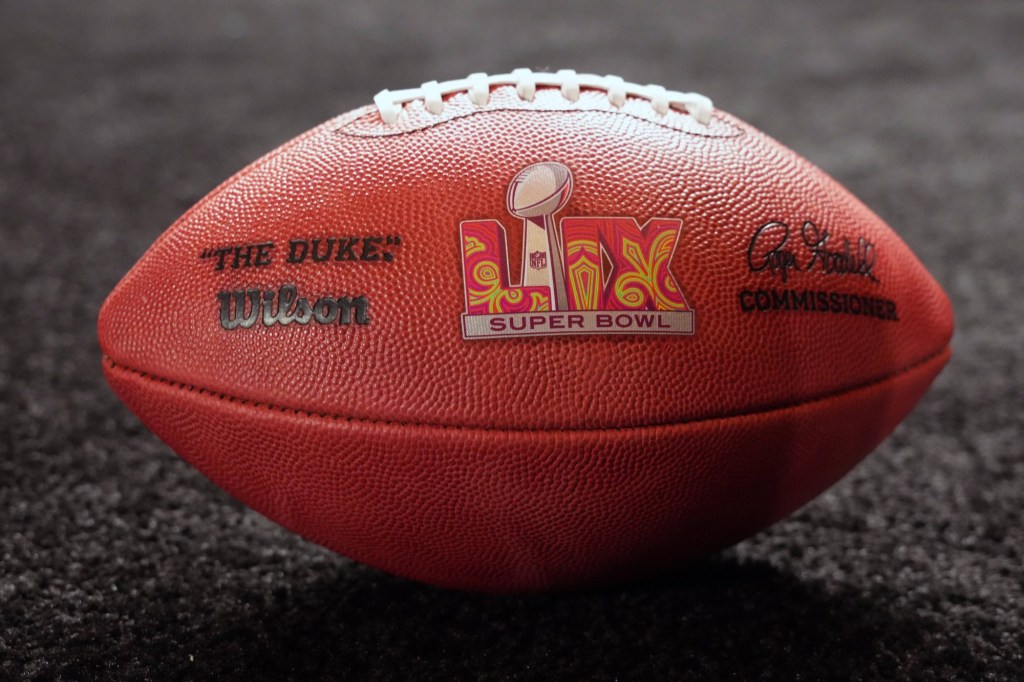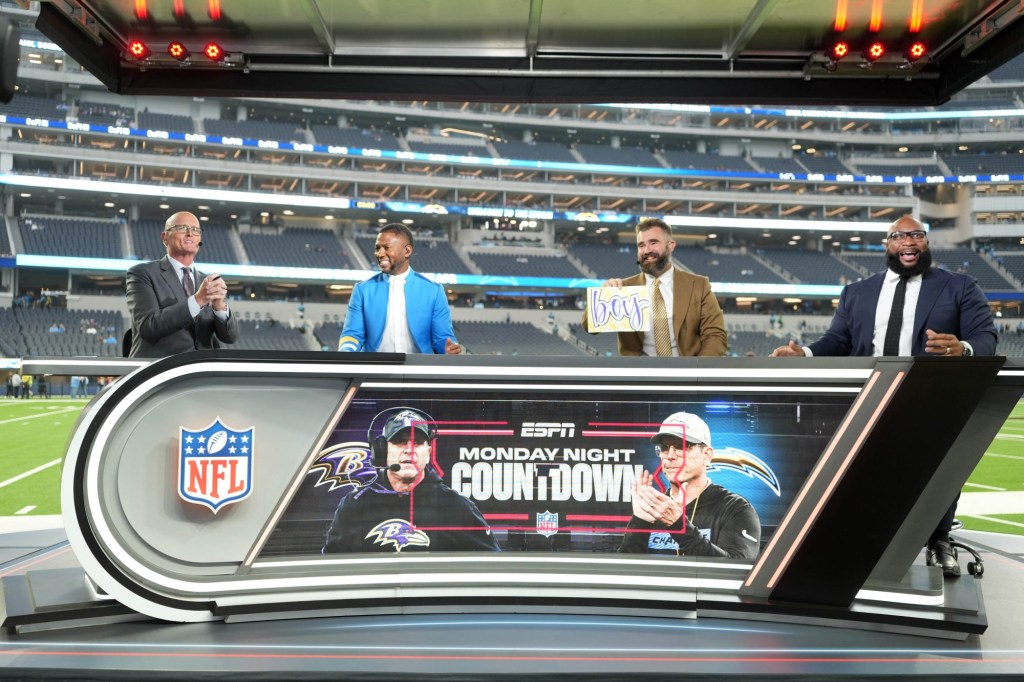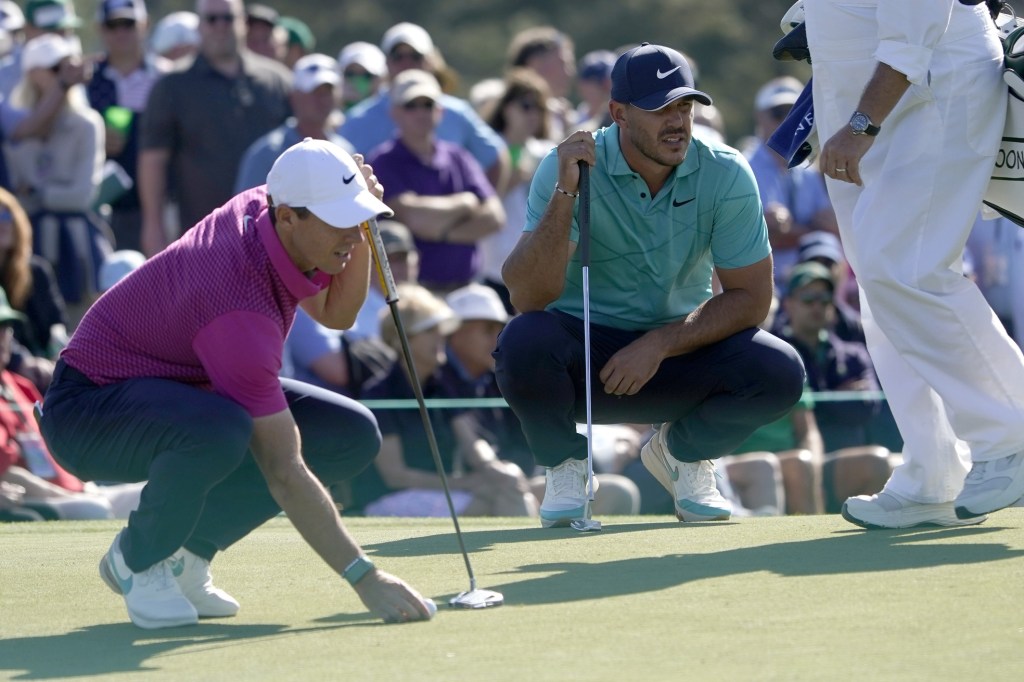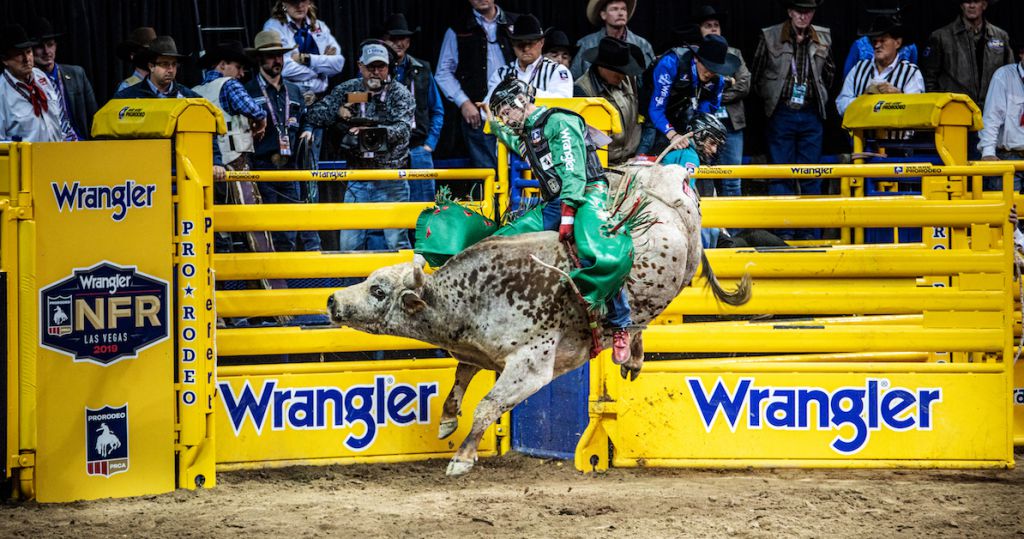
In the 1990s, Wrangler’s exposure to sports marketing was working with athletes like Brett Favre and the Earnhardts in marketing campaigns.
Now the brand is returning to its sporting roots.
While the clothing company never strayed from its commitment to western culture and rodeo, Wrangler lost a little bit of focus, said Allen Montgomery, vice president and general manager of Wrangler Western. The company’s flagship sponsorship play, the National Finals Rodeo, is in full swing this week in Las Vegas and Wrangler recently launched a new global campaign playing up its rodeo roots.
“I wouldn’t say we moved away, we were always true to western and rodeo, but it’s not always been the marketing focus,” Montgomery said. “Now, we’re focused on it more than we have in a long time.”
The new campaign by Wrangler comes following the split of two publicly traded companies. Kontoor Brands spun off from long-time apparel brand V.F. Corporation, with Kontoor acting as the parent company of Wrangler and other denim brands Lee and Rock & Republic. V.F. Brands still includes brands like The North Face, Vans, Timberland and Dickies.
In an analysis of the deal, Motley Fool predicted it was a play to shed the slow-growing denim brands and create a focused, stable dividend stock in contrast to the high-growth activewear brands. Kontoor’s revenues would have shrunk from $2.83 billion in 2017 to $2.76 billion in 2018.
At its heart, Wrangler was started for cowboys in 1947, when Blue Bell Overall Company started making jeans to sustain the wear and tear of rodeo. The new design included flat rivets, a back pocket to better hold a wallet while riding a bull and felled seam. The company then recruited a variety of riders to endorse the new products, including Jim Shoulders, Wrangler’s first endorsement deal that lasted until Shoulders died in 2007.
Montgomery said because of these roots, the company has stronger ties to the rodeo and western lifestyle than other jeans companies.
“As we evolved, we continued to develop products specific to those needs,” Montgomery said. “We try to bring those values out in our brand and try to embrace those roots.”
Those roots are at the heart of the National Finals Rodeo, the “super bowl of rodeo, Wrangler also has an overall sponsorship of the Professional Rodeo Cowboys Association, as well as the Professional Bull Riders and other circuits. In addition, Wrangler sponsors hundreds of rodeos across the country, big and small, hoping to connect with their communities. Montgomery made specific mention of July, or “Cowboy Christmas,” a month where hundreds of rodeos take place in small towns across the Rocky Mountain states.
“The western consumer is family-oriented and they tend to be family-oriented events,” he said.
Wrangler executives feel the rodeo is one of the best ways to connect with its core audience, a demographic that thrives on western culture. PBR has staked its claim as a conservative values-driven sport, and data generally supports that connection, according to a recent Wall Street Journal article.
“We sponsor rodeos because that’s where our consumers like to participate and watch,” said Jeff Chadwick, Wrangler director of special events. Chadwick said the brand is present at probably 600 professional and amateur rodeos each year and the presence is largely signage based.
There are also two charitable initiatives they drive through the rodeo, with the “Tough Enough to Wear Pink” and the Wrangler National Patriot program.
Wrangler further breaks its western culture targets into three categories, said Holly Wheeler, the company’s director of marketing. The authentic consumer, those dependent on livestock or land; a segment that grew up in that lifestyle but has since made their way to the suburbs; and the “inspired,” those who like the idea of those cultural aspects.
Wheeler said the new marketing campaign based in rodeo is global and will have similar expressions in Europe and Asia as it does in North America.
READ MORE: How Professional Bull Riders Successfully Introduces Its Culture to New Audiences
“When you look at the product truth, Wrangler jeans stand up to a life lived with risk,” she said. “Walking into a boss’s office to ask for a raise, riding a bull or standing or standing on stage in front of 1,000 people. The best things in life come with taking risks.”
The new ad campaign opens and closes with a bull-rider, which Wheeler said pushes the ethos a consumer doesn’t need to wear the hat, buckle, and boots to be a cowboy. It’s not all that different from what the company sought from messaging with Favre and the Earnhardts.
“In the 80s and 90s, it was more focused on the traditional consumer,” Wheeler said. “But think about who they were and the persona they brought forward. They’re Wrangler guys, at their heart they were cowboys and did things differently and wrote their own rules.”
